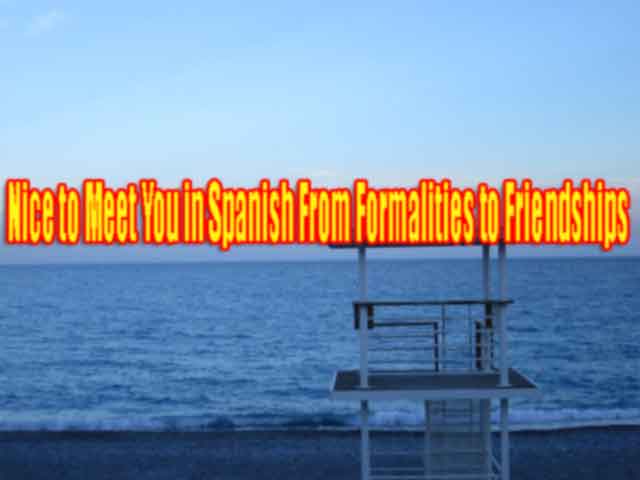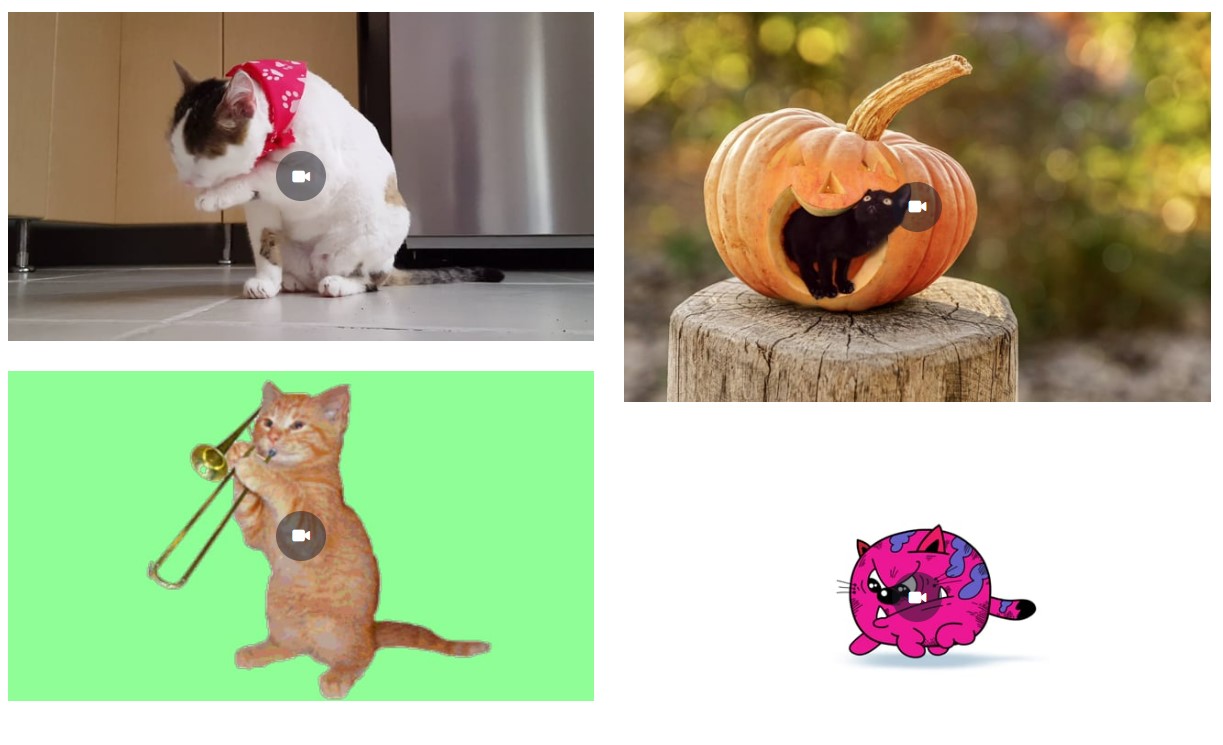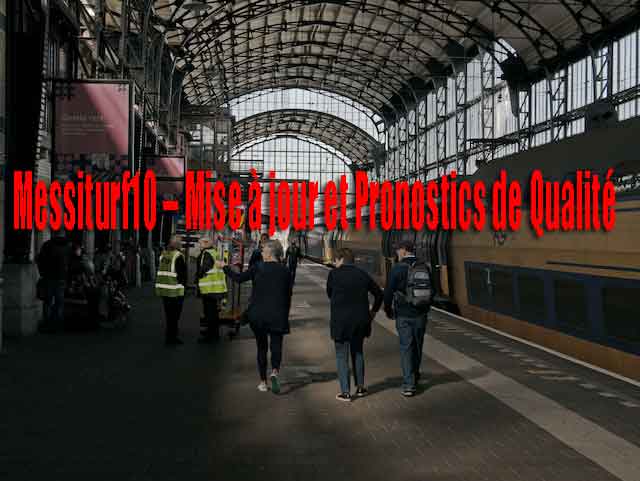In the realm of global communication. Simple phrases like “Nice to meet you” hold the power to bridge cultures and initiate connections. Spanish, a language rich with diverse expressions. The translation and usage of this phrase unveil intricate social and contextual nuances. From formalities to friendly encounters. The different ways of saying “Nice to meet you” reflect the essence of the Spanish-speaking world.
Encantado/a de conocerte
The Polite Prelude In the tapestry of Spanish introductions, “Encantado/a de conocerte” stands as the cornerstone of politeness. This formal expression, translating to “Nice to meet you,” is often the first choice in professional settings and initial interactions. Its structured cadence carries an air of respect, making it the preferred choice when meeting someone for the first time. The careful selection of words signals not only an introduction but a demonstration of decorum.
Mucho gusto” Nice to Meet You in Spanish
Casual Charm For a more relaxed ambiance, the phrase “Mucho gusto” gracefully takes the stage. Directly translating to “Much pleasure,” it exudes warmth and charm. This versatile expression caters to various social situations, from casual meet-ups to informal gatherings. The brevity of “Mucho gusto” retains the essence of politeness while embracing a friendly tone. Embodying the effortless elegance that Spanish interactions often encompass.
Es un placer conocerte” – Nice to Meet You in Spanish
The Sincere Connection Adding a layer of sincerity, “Es un placer conocerte” translates to “It’s a pleasure to meet you.” This variation transcends mere formality, encapsulating the genuine joy of forming a new connection. The choice to use “placer” (pleasure) delves into the emotional realm of the interaction. Conveying a sense of gratitude for the encounter. This phrase extends beyond the initial greeting, laying the foundation for potential friendships.
A Cultural Tapestry of Introductions Nice to Meet You in Spanish
Within the Spanish-speaking world, greetings go beyond words; they embody cultural norms and values. The choice between these variations hinges on factors such as the setting. The relationship between speakers, and the desired level of formality.
Navigating Social Settings:
When attending social gatherings, “Mucho gusto” effortlessly facilitates introductions, allowing individuals to connect without the weight of formality. Its simplicity harmonizes with the convivial atmosphere, ensuring a smooth flow of interactions.
Unveiling Formalities: Nice to Meet You in Spanish
In contrast, the phrase “Encantado/a de conocerte” shines in formal scenarios. Whether at a business meeting or an official event, this expression is the key to projecting respect and professionalism.
Forging Connections: “
Es un placer conocerte” emerges as a bridge between formality and familiarity. It conveys a genuine interest in getting to know the other person on a deeper level. Thereby initiating the potential for meaningful relationships.
The Crossroads of Education:
Within academic environments, the choice of expression can shape the dynamics of a classroom. From a professor’s introductory lecture to a student’s icebreaker, these phrases determine the initial tone of interactions.
Conclusion:
In the realm of cross-cultural communication, the phrase “Nice to meet you” may seem simple, but in Spanish. It paints a vivid picture of the values, intentions, and relationships that define interactions. From the formal elegance of “Encantado/a de conocerte” to the sincere warmth of “Es un placer conocerte.” The choices encapsulate the essence of connections in the Spanish-speaking world. Whether in the context of a business meeting or a social gathering. These phrases pave the way for relationships that extend beyond mere introductions. As language intertwines with culture, the variations of “Nice to meet you” reflect the intricate threads. That binds us together in a tapestry of global understanding.




